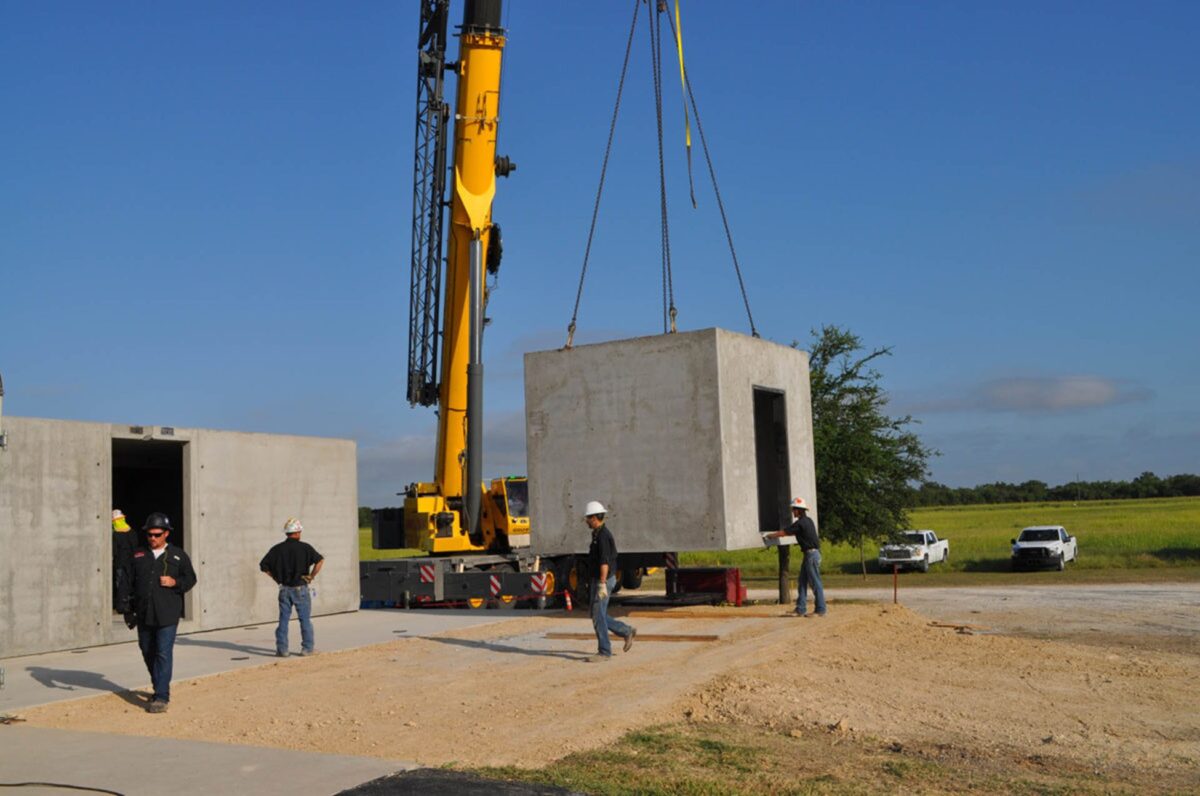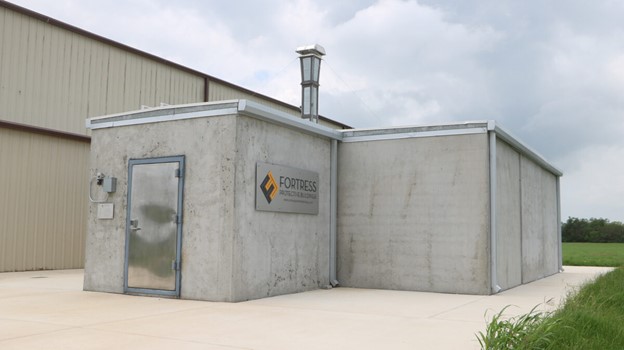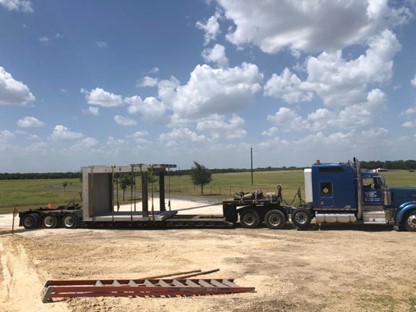Permanent Modular Buildings vs. Portable Buildings

Key differences between portable buildings and permanent buildings of modular construction for your facility
Modular buildings are common structures at facilities like construction sites, manufacturing plants, refineries, and elsewhere. They also make up many medical or office structures in several industries. However, modular buildings may be permanent or portable depending on one’s needs or site limitations.
Though they have some similarities, permanent and portable modular structures are not the same thing. Read on for a detailed breakdown of the differences between permanent buildings of modular construction and portable modular buildings.
Modular construction explained
Modular construction is a building process in which a structure is built:
- Off-site relative to its final position
- In a controlled environment, such as a manufacturing plant
- Using a predetermined set of processes and materials
- Using the same building codes and standards as site-built facilities of the same type
A modular building can be constructed as either a complete structure or in pieces. In the cases when it’s complete, it may be placed at its final site, hooked up to utilities, and made ready for use. In the latter case, finished pieces may be shipped to the structure’s final destination and assembled on-site.
Modular buildings have many important advantages over site-built structures, such as:
- Improved quality control. Modular buildings are constructed in controlled environments, so materials and fabrication/construction activities are not exposed to adverse conditions (and aren’t affected by weather delays).
- Faster construction time. Modular buildings and building components are fabricated offsite prior to shipment to the site, greatly reducing the required onsite construction time. Furthermore, each modular component is constructed according to specific, templated (sometimes customizable) plans, which also accelerates the construction timetable.
- They may be constructed with the final intent of being permanent or portable buildings.

What is a permanent modular building?
A permanent building of modular construction is a prefabricated modular structure assembled off-site, then moved to the permanent installation site. A permanent modular building’s installation site is prepared prior to its arrival, including connections to site utilities. When the modular components are shipped to their destination, the site is ready for the building to be placed and assembled.
Permanent buildings of modular construction are not meant to be moved. They benefit from the above advantages of modular construction, and they’re built out of the same materials as site-built structures, such as steel or reinforced concrete.
Examples of permanent modular buildings
Permanent buildings of modular construction make up many worksite or facility structures, such as office buildings, operator shelters, and equipment control centers. FORTRESS Protective Buildings are excellent examples of permanent buildings built with modular construction that are customizable to meet the functional needs of permanent facility structures.
Each FORTRESS is constructed from precast, reinforced concrete and serves as a Multi-hazard Resistant Building (MRB) against worksite hazards ranging from fires and explosions to gas and more.

What is a portable modular building?
Portable modular buildings share some similarities with permanent modular buildings in that they are constructed off-site, with high-quality standards, and according to pre-set plans or layout options. However, portable modular buildings may be moved from place to place. They can be lifted via crane or other equipment when necessary.
Portable modular buildings are most often used for facilities or companies that need short-term offices or storage solutions. These structures are oftentimes constructed in pieces, then fully assembled on-site. If they need to be moved, they can be disassembled to some extent and reassembled at a new site. Portable modular buildings are often made of steel or wood.
Examples of portable modular buildings
Portable modular buildings can be ideal in a variety of situations. They can be used as emergency housing solutions, mobile office buildings, modular classrooms or school buildings, medical clinics, and worksite contractor facilities. However, they are not intended for permanent placement.
Main differences between permanent and portable modular buildings
When choosing between permanent and portable modular buildings, you should consider their key differences to determine which structure type is right for your organization.
Design intentions
Permanent modular buildings are designed to be assembled and fit-out once and become permanent fixtures of a facility or worksite. As permanent structures, facilities invest in the building cost at the time of placement and construction and are therefore investing in customized layouts, quality construction materials, and increased durability.
While portable buildings may be designed to be durable and protective to some extent, they are often rented or leased by a facility for a period of time. As such, they are not designed to be as durable or long-lasting as permanent modular buildings. Furthermore, their transportable designs affect which floorplans or building layouts you may be able to choose from and may not be designed for all locations, especially where hazards are present.
Construction materials
As noted earlier, the building materials for permanent buildings of modular construction can be tailored specifically to meet the building’s functional needs and requirements. When permanent modular buildings need to be blast resistant as well as protective against all hazards, they are commonly constructed of protective precast concrete. Portable modular buildings are almost exclusively constructed of steel or wood but not concrete. This difference in construction materials can impact a building type’s suitability for personnel protection, facility safety, or other goals.
Layout customization
Typically, permanent buildings of modular construction have a greater range of layout options or floor plan choices than their portable counterparts. Portable modular buildings, by design, must be able to be moved in one piece or disassembled for easy maneuvering. As a result, portable modular buildings are less varied in their layouts and features.
Construction and installation time
Permanent buildings of modular construction take a little longer to construct and install. They’re designed to become permanent fixtures of their destinations. Portable modular buildings take a little less time to build and set up on site, but they sacrifice durability and some features because of this flexibility. If a customized layout portable modular building is selected, lead times for construction offsite can be a year or more, not saving on timing for completion over a permanent modular building.
Contact FORTRESS today
Both permanent and portable modular buildings can be suitable solutions depending on your organization’s needs. But when you need permanent, robust protection for worksite personnel or equipment, a permanent FORTRESS Protective Building is the only option. Contact FORTRESS today to learn why our protective buildings are so reliable for facility safety.

